The Flavor basis of Coffee Cup

Professional coffee knowledge exchange more coffee bean information please follow the coffee workshop (Wechat official account cafe_style)
A lot of times.
When you and I talk about the flavor of coffee
What you and I drink.
In the same cup.
speak out
But it's like we live in two different worlds.

It is well known that our taste receptors: one is the nose, the other is the tongue.
In daily life, people's use of sensory ability is very weak, especially the sense of taste. To a large extent, our sense of taste is used only for basic functions-that is, it tastes good. As a natural skill, we may not feel how useful this skill is. But the nose is not bright, not only can not smell the fragrance, even the tongue taste is not as sensitive as usual. Think about it, whenever you catch a cold with a stuffy nose, do you feel more tasteless to eat?
Usually sour food smells sour, and the taste we feel is actually a complex interaction between taste and smell. It seems not easy to separate taste from smell, so the term "taste" itself includes smell and taste. How much fun it will add to our lives if we can make full use of them!
The sense of smell of the nose includes the sense of smell before and after the nose, and the taste division of the tongue varies according to the distribution of taste buds, so the taste sensation varies with different ways of eating or tasting, such as coffee cup testing or tea sipping, wine or cigar chewing, etc., all in order to taste the rich taste of the taste, thus bringing different taste experiences.
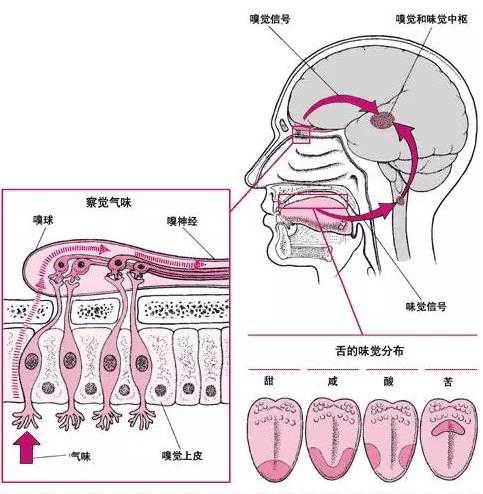
Taste distribution and working principle of △ nose and tongue
The sense of smell of the nose and the taste of the tongue also need to be exercised and regulated. Most of our comments on coffee are personal perceptual feelings and lack of professional terms. This article will sort out the factors of coffee taste evaluation in more detail in the light of the terms and personal feelings of the World Coffee Organization. Hope to be able to provide a more simple and direct way for coffee newcomers and gluttons to communicate.
Roughly the same as red wine and whisky, coffee review terms are also divided into three parts:
Aroma (AROMAS)
Taste (TASTES)
Taste (MOUTHFEEL)
(1) aroma (AROMAS)
Aroma is also divided into good aroma, bad aroma and neutral aroma.
High quality aroma terminology:
Flower fragrance Floral
Jasmine, Camellia, Coffee

The fragrance resembles that of flowers. Floral fragrance is generally described as jasmine, coffee flower, lemon flower fragrance. Floral aroma often appears with fruity coffee aroma, and a cup of coffee only floral situation is rare.
Floral is a common aroma found in coffee. This remarkable and mesmerizing aroma is largely indicative of the freshness of the coffee. It's more visible in Arabica than Robusta, and easier to discern in good brewed coffee than ground coffee. Floral aroma is a subtle aroma found in coffee from many different origins and needs to be carefully captured.
fruity/citrus aromas Fruity/Citrus
Apples, peaches, lemons

Apple, citrus, peach, etc., this aroma is reminiscent of the aroma and flavor of fruit. The refreshing aroma brought by the beautiful acidity of coffee is often associated with the fragrance of citrus. The rich fruity aromas of Kenya are easily reminiscent of the delicate and attractive aromas of the ripe fruits of tropical orchards. This is a very excellent fruit aroma. It gives fresh and refreshing energy to some rare, aristocratic coffee. It is more obvious in taste than in nasal cavity. The aroma of apple, like grass, adds a kind of green to the coffee. This is pleasant, if not excessive. The delicate aroma of this fruity coffee has always been surrounded by an elegant halo. There is no doubt that it is one of the best aromas and is absolutely refreshing.
Chocolate Chocolate-like

The smell is easily reminiscent of cocoa or chocolate. This is an aroma associated with the sweetness of coffee.
The ancient Ethiopian mocha beans are famous for their chocolate aroma and taste, so coffee mocha, the coffee with Italian concentrate and chocolate powder similar to the taste of mocha, hence the name mocha.
Nutty aroma Nutty
Roasted peanuts, roasted hazelnuts, roasted almonds
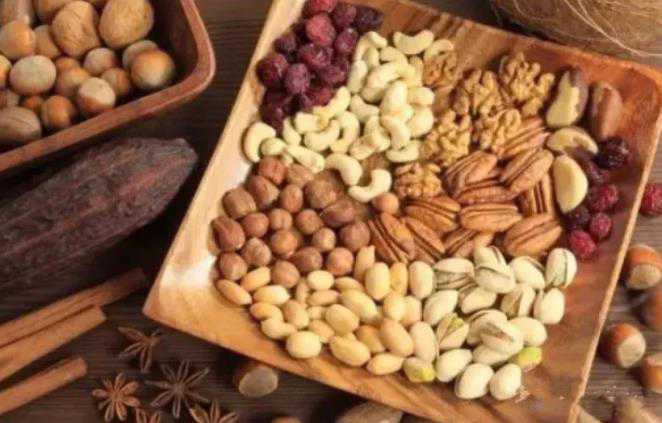
This aroma refers to the fresh crisp smell of dried fruit, especially in medium roast coffee we can easily feel the crisp smell of chestnuts, walnuts, peanuts and other dried fruit. The aroma is so distinctive that you can spot it easily. Although it's less common in coffee, it's important to learn to smell it in different Brazilian coffees because it gives some degree of nasal and taste stimulation.
Winey

This smell refers to the comprehensive feeling of smell, taste and taste of wine when drinking. This smell is often found in coffee with strong acidity or fruity aroma. Commentators should pay attention to distinguish between wine aroma and acidified smell and bad smell caused by excessive fermentation.
Kenyan coffee has the strongest aroma of strong red wine, which is often felt in other coffees such as the Caribbean.
Spice Spicy
Cloves, black pepper
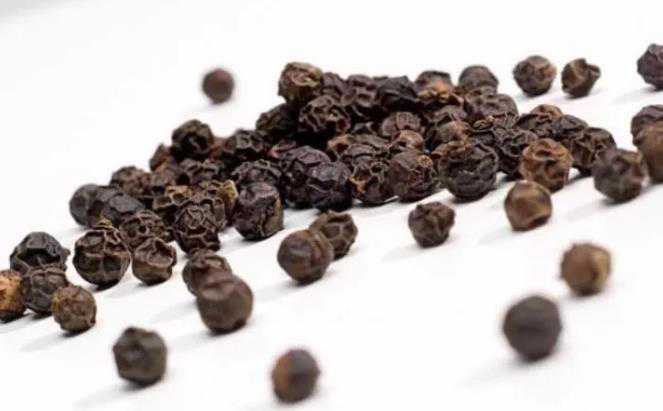
The spices here refer to sweet spices such as cinnamon, cardamom and cloves, rather than pungent spices such as pepper and curry. It is a charming and rather unusual smell. It adds depth to the coffee because of its meticulous and spicy complexity.
Tobacco aroma Tobacco
Cigar, tobacco

The smell refers to the fragrance of tobacco as well as the burning aroma of tobacco leaves, reminiscent of the crackling burning of dead leaves in autumn. The smell almost certainly comes from the baking process itself, especially after brewing Brazilian Arabica coffee.
Caramel Caramel
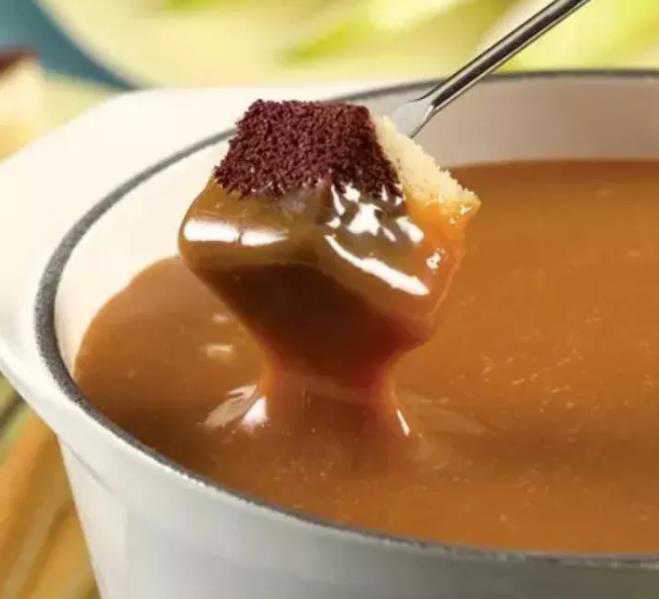
The smell is easily reminiscent of the scorched taste of sugar water, but critics should be careful not to confuse it with burnt taste.
This wonderful smell is reminiscent of caramel, roasted pineapple and strawberries! Not surprisingly, because all three foods contain furanone (furaneol). This is a powerful, fortifying smell and an important part of coffee. It is most obvious in brewed Arabica coffee. One of the favorite smells of coffee. Colombians are fully aware of the importance of the smell to most of their excellent coffee. The caramelized pineapple flavor is obvious and common in Colombian coffee.
Honey sweet Honeyed
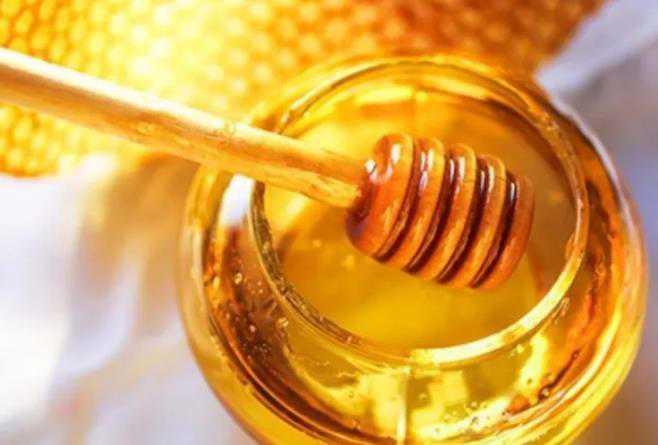
The smell is more reminiscent of potpourri than wax or animal odors. It also brings to mind beeswax, gingerbread, nougat and certain types of tobacco. Also a premium odor, it's not as good as cedar, apricot, or fresh butter, but it's still only found in the best coffee. More common in ground coffee than brewed coffee, Arabica than Robusta.
Grass/Garden peas/Cucumber
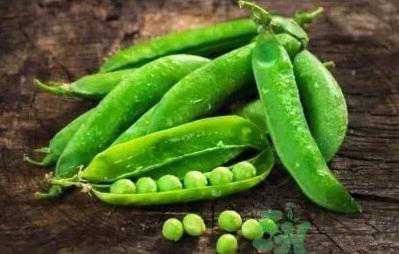
According to the drinker's personal association habits, this aroma can be described as the aroma of grass, the smell of a lawn, the smell of leaves, the smell of immature fruit, the smell of raw beans and herbs, as well as the astringent taste of cucumber. For those who don't like or are not used to coffee, this aroma is a sign of a cup of bitter medicine. For coffee lovers, it is simply a cup of intoxicating drugs in front of them.
Fresh peeled tender peas and its pods aroma, fresh crisp cucumber quality smell. Although this flavor does not dominate in coffee, it is very distinctive. It is lively and fresh, still exists after raw beans are harvested, stored and ripened for a short period of time, and then turns into a woody smell. The vitality and strength of this smell play an important role in the overall balance of coffee aroma. If you can't tell the smell right away, don't lose heart, you'll find it in the aftertaste.
Indian fragrant rice basmati rice
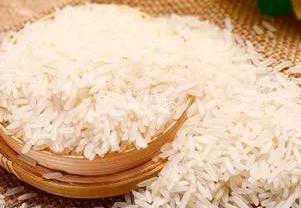
The smell of cooked rice, such as Indian rice, is one of the smells produced in the early stages of baking, but moderate training is necessary to distinguish it from many other odors produced by baking.
Vanilla Vanilla
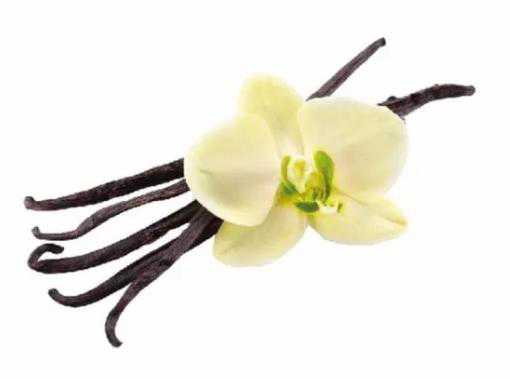
This is the warm, pleasant, buttery aroma of the orchid vanilla pod. It doesn't seem to be as strong as it was at first after hearing it for a long time. Everyone loves vanilla, and its main substance is vanillin, a crystal common on the surface of vanilla pods. This is the key element of coffee aroma balance. It maintains and strengthens other aroma ingredients, resulting in good alcohol thickness, especially Arabica. Vanilla is a synonym for pleasure, gentleness and exoticism. In almost all coffee, you will find varying degrees of vanilla.
Neutral odor terminology:
Cereal / malt / toast like Cereal/Malty/Toast-like

The smell is reminiscent of baked grain, malt and freshly baked toast. These three words can be used interchangeably according to the reviewer's personal habits, because they all have one thing in common is the aroma of roasted grain.
This smell is one of the subtle treatments valued by bakers and an indicator of baking skills. If the roasting time is too long, this mellow and delicate smell will be lost, making the coffee richer or even stronger.
Tree fragrance Woody
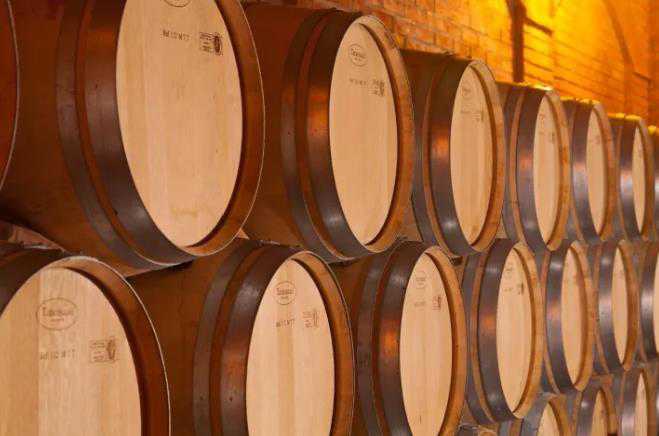
The smell is reminiscent of trees, oak barrels, and cardboard. This pleasant, fresh, forest-scented smell of raw wood is close to the sawdust smell of freshly sharpened pencils. This exquisite smell is a unique symbol of some native coffee. It never dominates other odors and usually blends with other aromas in a subtle way.
The woody aroma and precision found in some coffees are no less intense and accurate than those found in this top red wine. Woody aromas are easily found in some high-alcohol coffee, such as Ugandan Drugar and Bugisu coffee, and Ethiopian Limu coffee. In the best Guatemalan coffee, the aroma is subtle, while in Honduran coffee, it often looms in the background. In the legendary Blue Mountain Coffee, the woody aroma is definitely an amazing factor.
Earthy Earthy
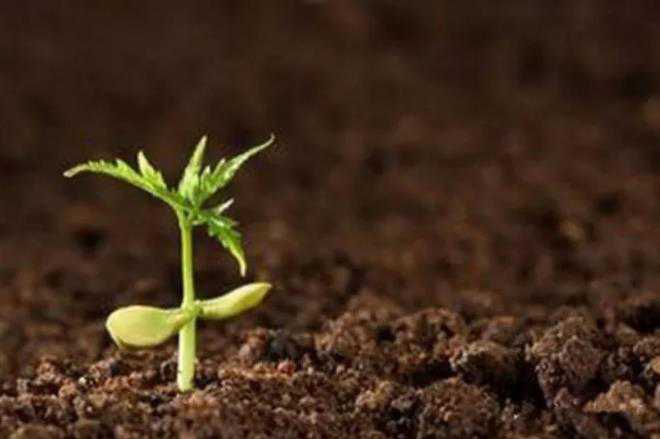
The smell is easily reminiscent of wet mud, dry soil or humus. Sometimes it smells like raw potatoes. It is often used to describe the bad taste in coffee.
One of the special emphasis here is that the unique earthy smell of Mantenin coffee is its good selling point, and the so-called bad earthy or dry smell comes largely from the dry processing of the coffee, that is, it is directly dried on the ground and absorbs the smell of the surrounding soil.
Animal odor Animal-like

This smell is easily reminiscent of animal fur and feathers. This is not an absolutely bad taste, and occasionally appears in the aroma of some special coffee. The strong smell of carefully tanned leather. The smell of leather varies according to animal skin and is also affected by the kinds of vegetable tannins used by tanners. Some, like the single malt whisky produced in Ayre Island, emit the warm smell of beeswax on the thick leather bound in old books, and the leather smell in the coffee represents rare high quality, elegance and purity. And this often indicates the excellent quality of coffee. It is considered good when the smell is weak, but bad when it is too strong.
Scorched / smoky Burnt/Smokey

This smell is often found in burnt food. This term is often used to judge deep-roasted coffee beans. The smell is reminiscent of ashtrays and the fingers of smokers, or smoke from cleaning the fireplace. This is not a bad description of the smell of coffee, which is obviously volatile and is released by the burning of certain kinds of wood and resin. The pleasant smell adds flavor to the smoked food. The smell of smoke usually means the final stage of baking, which will be scorched if it continues. You can find a variety of smoke flavors in coffee. In fact, it can be called a separate smell category.
Malt odor malt
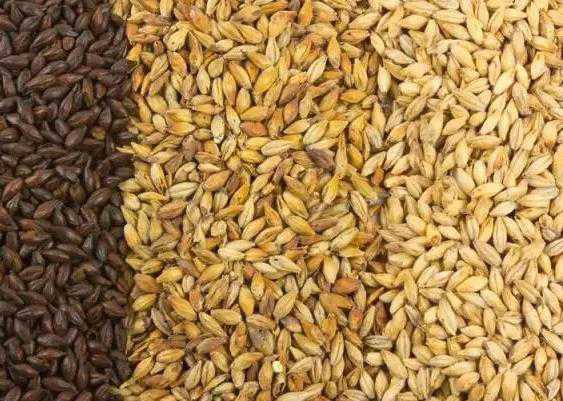
The aroma of roasted malt is very different from that of its source, cereal barley (barley). The smell is a sign of shallow baking (popular in some areas) and may even mean insufficient baking. Because this persistent aroma varies according to the degree of baking of the malt and blends with other aromas, it is difficult to distinguish. The best way is to imprint the smell deeply in my mind so that it can be a good reference in the future. If the "malt" smell is in the right proportion, you can drink the aroma of beer or whiskey in the coffee!
Defective odor terminology:
Chemical flavor / drug flavor Chemical/Medicinal

This taste is easily reminiscent of chemicals and drugs. This term is commonly used to describe the Rio flavor of coffee, the residual flavor of chemical reaction, or the aromatic hydrocarbon-like smell of strong-scented coffee. The burning smell is reminiscent of smoke, medicine, chemicals, and the so-called Rio taste. Guaiacol (Guaiacol) in coffee is the substance that forms this smell.
Most people will think that the smell of the medicine is unpleasant. If the taste is too strong, then they are right. But in fact, this smell is one of the "skeletons" of coffee aroma, and many aromas are developed around it. "
Rotten / rotten Rancid/Rotten

This smell is generally associated with oxidation and spoilage of some foods. Rotten generally refers to the smell of fat or dried fruit oils over time, while rotten refers to the decay of plants. Takers should be careful not to mistake strong, strong coffee for rancid odors.
Rubber-like
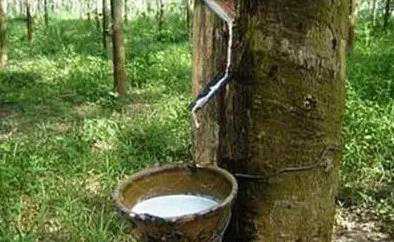
The smell is reminiscent of rubber belts, tires and rubber leather races. The term is not qualitatively described, it exists in a small number of coffee. This smell appears in some coffee and should not be described negatively. It is more pronounced in Arabica than in Robusta. This is not the most subtle smell of coffee and can be found in many high-quality Robusta. It is often mixed with the inherent smell of Lobusta in soil and plants.
Green onion / Garlic with onion and garlic
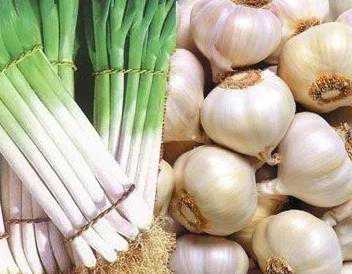
There is no doubt that the smell of spring onions and garlic is regarded by most people as a scourge, and a small amount of food has a seasoning effect, but it is definitely a nightmare for many guests to appear in coffee or other drinks. It usually occurs in expired deep-baked spaghetti beans or coffee powder, especially in bean grinders that have not been cleaned for a long time.
Important Notice :
前街咖啡 FrontStreet Coffee has moved to new addredd:
FrontStreet Coffee Address: 315,Donghua East Road,GuangZhou
Tel:020 38364473
- Prev

[novice Q & A] how to inject water with hand flush? How do the flowers merge? Can the Philharmonic press pull flowers?
Professional coffee knowledge exchange more coffee bean information please follow the coffee workshop (Wechat official account cafe_style) Hello, I believe that many friends will buy coffee utensils and coffee beans home to drink, the editor will often receive all kinds of questions, friends' enthusiasm for discussion is also very high. So today, the editor will come to share with you some of the classics and newcomers.
- Next
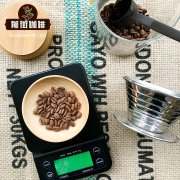
How is potato-flavored coffee formed?
Professional coffee knowledge exchange more coffee bean information Please pay attention to the coffee workshop (Wechat official account cafe_style) unlike ordinary coffee, fine coffee is very much like wine: taste and taste and smell are everything. Potato Potato Taste Defects/PTD is defined as a quality defect / defect. Many people think that the flavor of potato first appeared in the East African country of Rwanda.
Related
- Beginners will see the "Coffee pull flower" guide!
- What is the difference between ice blog purified milk and ordinary milk coffee?
- Why is the Philippines the largest producer of crops in Liberia?
- For coffee extraction, should the fine powder be retained?
- How does extracted espresso fill pressed powder? How much strength does it take to press the powder?
- How to make jasmine cold extract coffee? Is the jasmine + latte good?
- Will this little toy really make the coffee taste better? How does Lily Drip affect coffee extraction?
- Will the action of slapping the filter cup also affect coffee extraction?
- What's the difference between powder-to-water ratio and powder-to-liquid ratio?
- What is the Ethiopian local species? What does it have to do with Heirloom native species?

